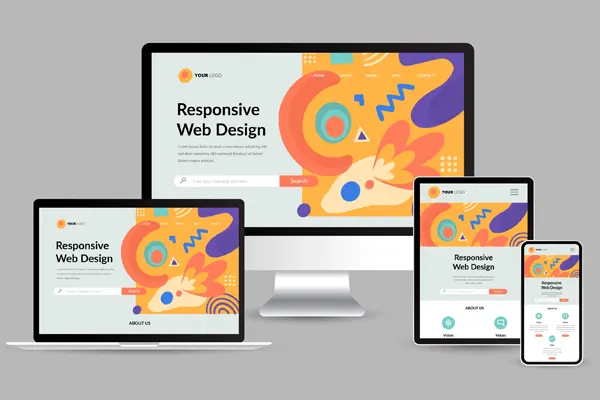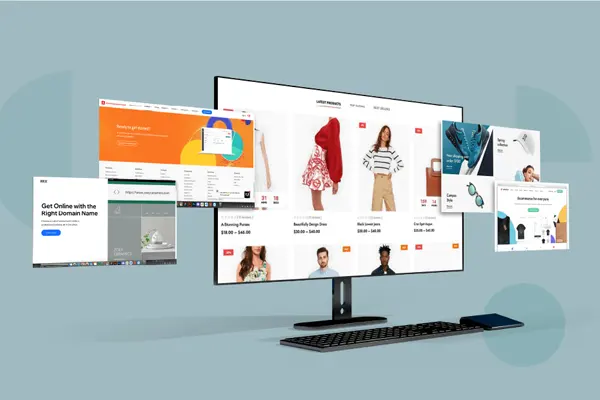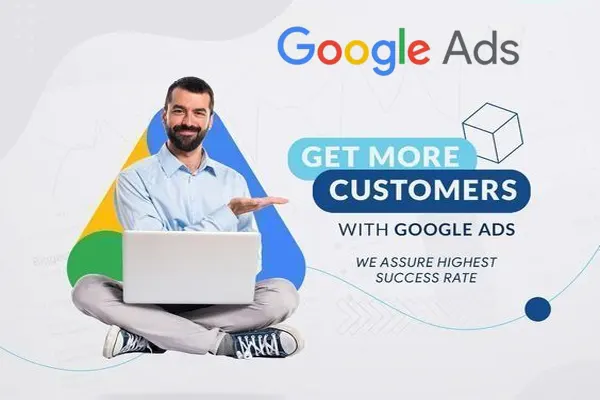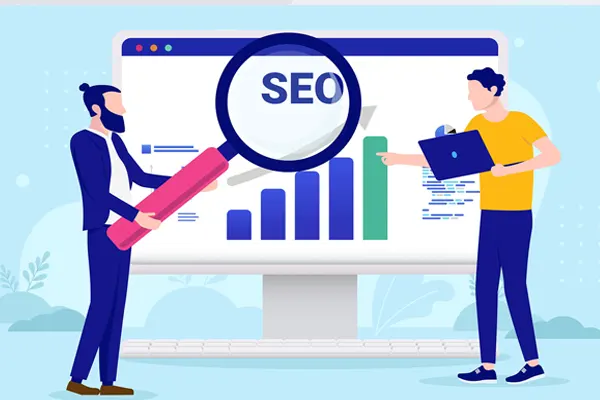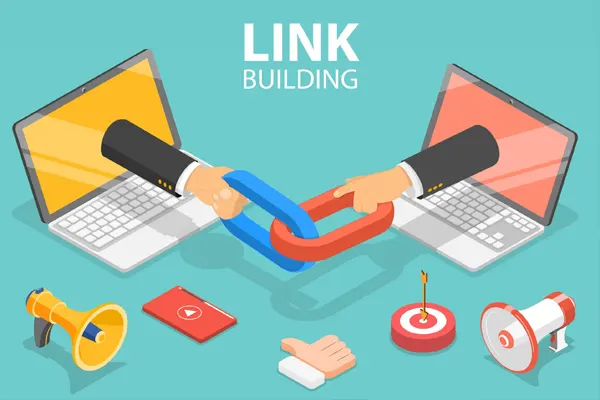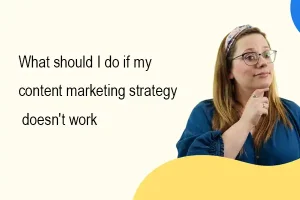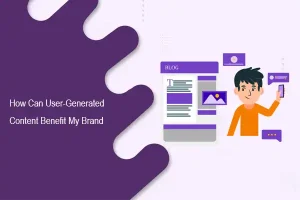Is My Website Content Truly Optimized for Google?
Your website content is the heart of your SEO strategy, determining whether you rank high on Google and attract the right customers. But is your content truly optimized, or is it holding you back? For small businesses, from cafes to fitness studios, creating Google-friendly content can drive traffic and sales. This article helps you assess your content’s performance, identify gaps, and implement strategies to dominate Google search results.
1. What Does Google-Optimized Content Look Like?
Google rewards content that is relevant, valuable, and user-focused. Optimized content aligns with user intent, incorporates keywords naturally, and provides a seamless experience. For example, a coffee shop targeting “organic coffee beans” should offer detailed guides or product descriptions that answer customer queries.
Hallmarks of Optimized Content:
- Relevance: Matches what users search for, like “best organic coffee in Malaysia.”
- Depth: Covers topics comprehensively, including FAQs or related subtopics.
- Readability: Uses short sentences, clear headings, and lists for easy scanning.
- Authority: Builds trust with data, citations, or customer testimonials.
2. Signs Your Content Is Optimized for Google
How do you know if your content is working? Look for these indicators:
- High Rankings: Your pages rank on Google’s first page for keywords like “yoga classes near me.”
- Engaged Visitors: Low bounce rates and longer time on page show users find your content useful.’
- Organic Traffic Growth: Consistent traffic from searches like “organic coffee benefits” indicates relevance.
- Conversions: Content targeting “buy organic coffee online” drives inquiries or sales.
Use Google Analytics to track these metrics and confirm your content’s effectiveness.
3. Red Flags Your Content Isn’t Optimized
If your website isn’t performing, your content may be the culprit. Watch for these issues:
- Thin Content: Short, shallow pages (e.g., a 200-word product description) lack depth and fail to engage.
- Keyword Misuse: Overstuffing terms like “yoga classes” or neglecting them entirely hurts rankings.
- Poor Structure: Long paragraphs without subheadings make content hard to read, increasing bounce rates.
- Lack of Authority: No citations, data, or author credentials reduce trust. For example, a blog on “health benefits of yoga” without sources looks less credible.
If you notice these problems, it’s time to revamp your content strategy.
4. How to Optimize Your Content for Google
4.1 Align with User Intent
- Research what users want when searching for “organic coffee beans” (e.g., buying guides, health benefits, or local suppliers).
- Create content types that match: blog posts for informational queries, product pages for transactional ones.
4.2 Use Keywords Strategically
- Incorporate primary keywords (e.g., “yoga classes in Malaysia”) in titles, H1 tags, and body text at a 1-2% density.
- Add semantic keywords like “yoga for beginners” or “organic coffee brands” to enhance relevance.
4.3 Enhance Readability
- Break content into short paragraphs and use H2/H3 subheadings, bullet points, or tables.
- Aim for a Flesch Reading Ease score above 60, ensuring accessibility for a broad audience.
4.4 Build E-E-A-T (Experience, Expertise, Authoritativeness, Trustworthiness)
- Include author bios or brand credentials to show expertise.
- Cite reputable sources, like a study showing 80% of consumers research products online before buying.
5. Common Content Optimization Mistakes to Avoid
Steer clear of these pitfalls to keep your content Google-friendly:
- Duplicate Content: Copying text from competitors or across your own site can lead to penalties. Use Copyscape to check originality.
- Ignoring Local SEO: For Malaysian businesses, include terms like “Kuala Lumpur yoga classes” to capture local searches.
- Neglecting Updates: Outdated content, like a 2020 guide on coffee trends, loses relevance. Refresh with current data.
6. Tools to Evaluate and Improve Your Content
Use these tools to assess and enhance your content:
- Google Search Console: Identifies which keywords drive traffic and highlights underperforming pages.
- Hemingway Editor: Ensures content is clear and readable.
- Ahrefs or SEMrush: Analyzes competitor content to find gaps you can fill with better information.
- Yoast SEO: Provides real-time feedback on keyword usage and readability for WordPress sites.
Regular audits with these tools help keep your content optimized and competitive.
7. Why Professional SEO Makes a Difference
Optimizing content requires time and expertise. Professional SEO services can:
- Conduct in-depth content audits to identify weak points.
- Craft tailored strategies to target high-value keywords like “organic coffee suppliers.”
- Enhance technical aspects, such as site speed, to support content performance.
Ready to take your content to the next level? Contact our expert SEO team to optimize your website and boost your Google rankings!
Why Knowing Your Audience Matters
Understanding your audience ensures your content is relevant and impactful. Here’s why it’s essential:
- Improves Relevance: Tailored content addresses specific needs, increasing engagement.
- Boosts Conversions: Relevant content drives actions, like sign-ups or purchases. A 2024 CMI study found 68% of businesses with defined personas saw higher conversion rates.
- Enhances SEO: Content aligned with audience search intent ranks better on Google.
- Maximizes ROI: Focused efforts reduce wasted resources on uninterested audiences.
How to Reach Your Content Marketing Audience
1. Craft Audience-Specific Content
Create content that resonates with your audience’s needs and preferences. For example:
- For B2B Audiences: Share whitepapers, case studies, or LinkedIn articles on industry trends.
- For Gen Z: Use short-form videos on TikTok or Instagram Reels with engaging visuals.
- For Local Businesses: Focus on local SEO keywords like “content marketing services in [city].”
2. Optimize for Search Engines
Incorporate relevant keywords naturally to improve discoverability. For instance:
- Primary Keyword: “content marketing audience.”
- Long-Tail Keywords: “how to find content marketing audience,” “reach target audience online.”
- Semantic Keywords: “buyer personas,” “audience engagement strategies.”
Place keywords in the title, H1, first paragraph, and throughout the content (1-2% density). Link to credible sources like Moz or Content Marketing Institute for authority.
3. Leverage the Right Channels
Distribute content where your audience is active:
- Social Media: Share infographics on Instagram or thought leadership posts on LinkedIn.
- Email Marketing: Send personalized newsletters with tools like Mailchimp.
- Forums and Communities: Engage on platforms like Reddit or Quora to answer audience questions.
- Paid Ads: Use targeted ads on Google or Facebook to reach specific demographics.
4. Use Engaging Formats
Diversify content to match audience preferences:
- Blogs: In-depth guides like “How to Define Your Target Audience.”
- Videos: Tutorials or interviews (e.g., “Content Marketing Tips for 2025”).
- Infographics: Visual data summaries for quick consumption.
- Podcasts: Discussions on industry trends for busy professionals.
5. Build Relationships Through Interaction
6. Measure and Refine
Track performance using tools like Google Analytics or Hotjar. Monitor metrics like:
- Traffic: Are you attracting the right audience?
- Engagement: Are users spending time on your content?
- Conversions: Are they taking desired actions?
Conclusion
Your website content can propel you to the top of Google or hold you back. By aligning with user intent, using keywords strategically, enhancing readability, and building authority, you can create content that ranks high and drives results. Don’t let unoptimized content limit your potential—contact our professional SEO team today to audit your website, refine your strategy, and dominate Google search results. Let’s make your content a magnet for customers!

